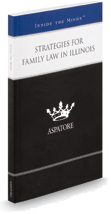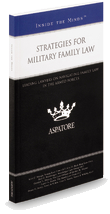On behalf of Stange Law Firm, PC posted in divorce mediation on Sunday, July 21, 2019.
When it comes to alternative dispute resolution, mediation is a standard divorce method used in Illinois. During this process, an unbiased third party, trained in mediation, helps opposing parties negotiate settlements. At Stange Law Firm, PC, we often help clients find a mediator to help them achieve the most positive outcome.
According to Harvard Law School, mediators follow different approaches depending on the type of conflict. Understanding the types of mediation and styles can help you select the professional that fits your needs best.
- Court-mandated mediation is a voluntary process. It occurs when the court’s goal is a cost-efficient, speedy settlement. If you or your spouse are not in favor of this resolution methods, the odds of success are low. However, when both sides engage willingly, settlement rates are much higher.
- Evaluative mediation relies on the mediator expressing his or her opinions through the use of suggestions and recommendations. The goal is helping you both assess the legal merit of your arguments. This type of mediator is often an attorney with expertise in the disputed areas. The method is typically used in court-mandated mediations and helps make fairness determinations.
- Facilitative mediation uses professional mediation. The process encourages exploration by each party into the other’s deeper interests.
- Mediation-Arbitration begins when all parties agree in writing that the outcome is binding. A mediator helps negotiate the terms of resolution. If the mediation process ends in an impasse, the mediator assumes the role of an arbitrator or another individual takes over. Judgments typically occur quickly.
- Transformative mediation relies on empowerment. Mediators help you and your soon-to-be-ex resolve the conflict by encouraging you to recognize each other’s interests and needs. The goal includes transforming the relationship. This method helps you gain the skills necessary for making constructive changes.
Although these are among the most common techniques, other options may fit your needs better. Visit our webpage for more information on this topic.



